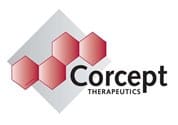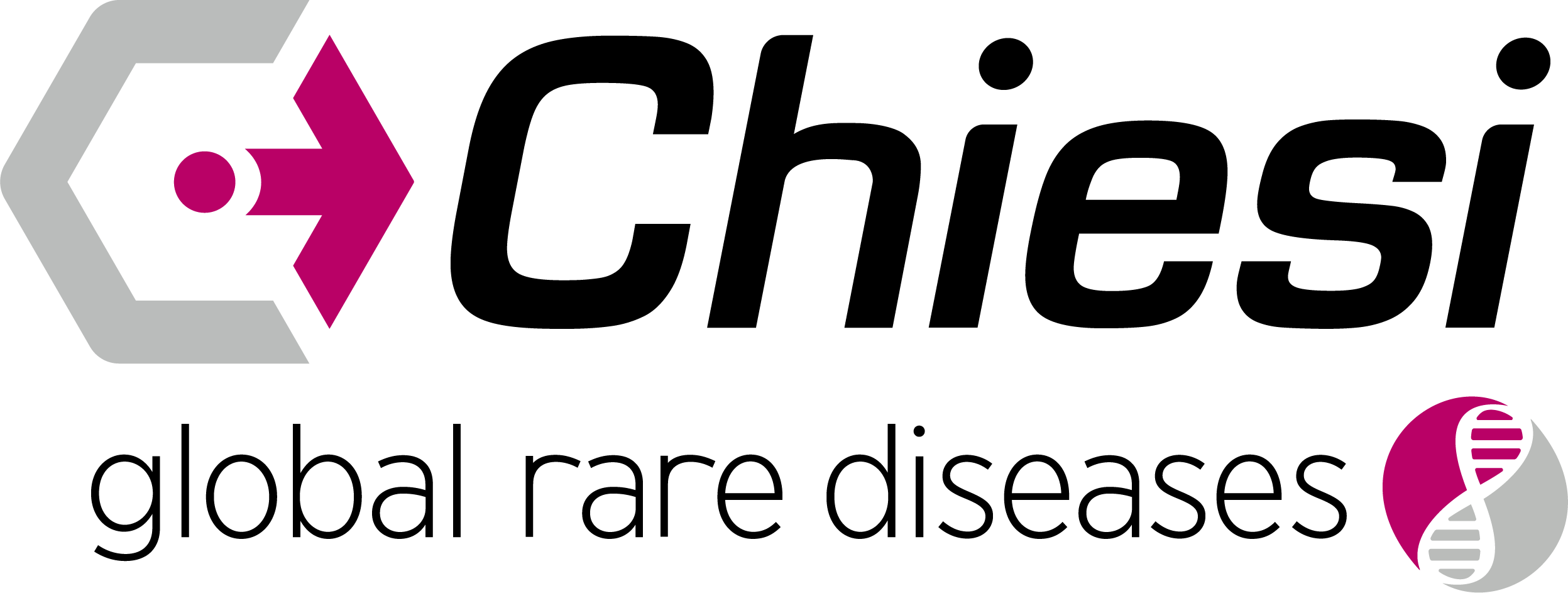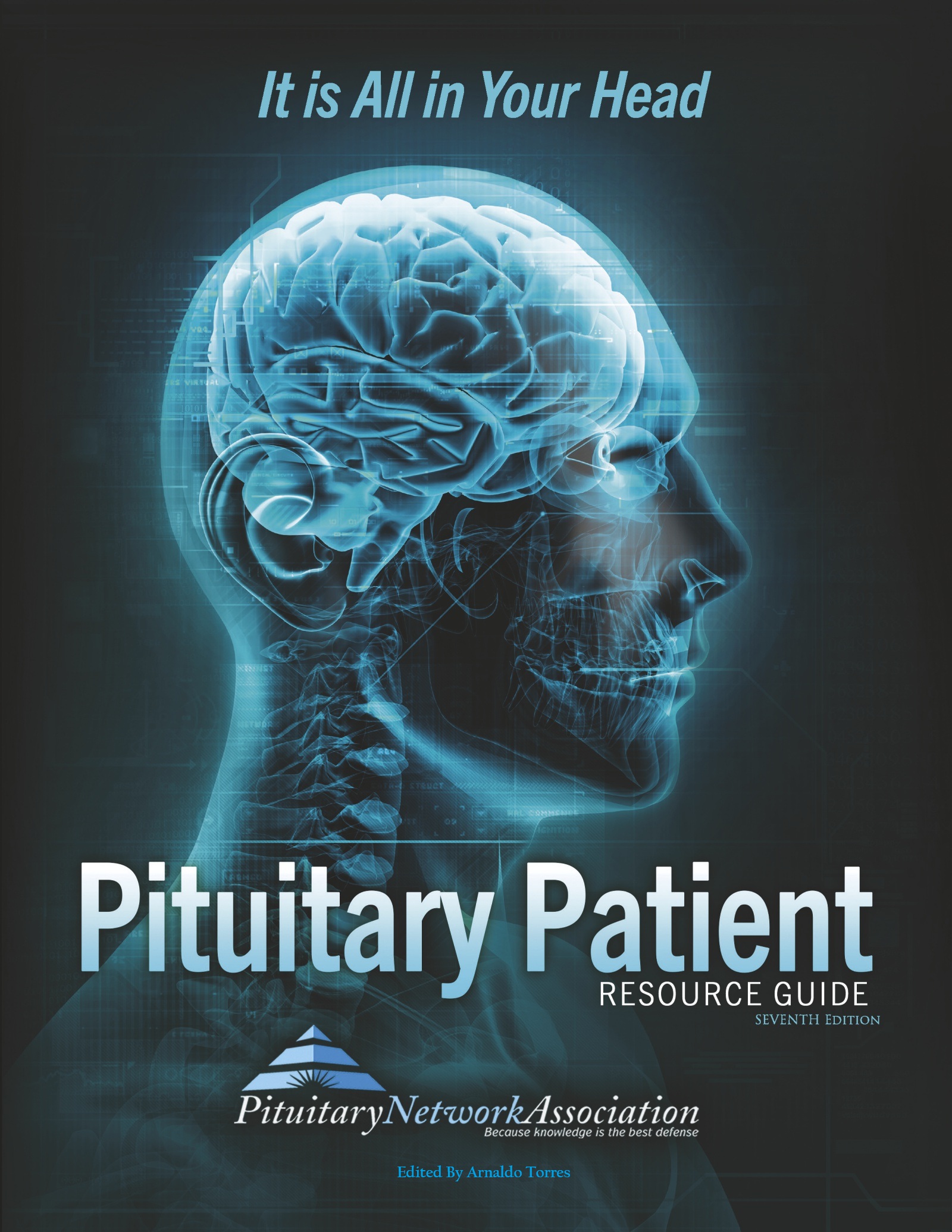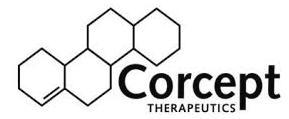News Articles February 2022
Written on 04 February 2022.
Paresthesia
Abnormal sensations, such as burning, prickling.
A sensation of pricking, tingling, or creeping on the skin having no direct cause and usually associated with irritation or injury to a sensory nerve or nerve root. Also identified by sensory loss, tingling and numbness, or loss of sensation.
Medical conditions causing paresthesias include: carpal tunnel syndrome, diabetes , migraines, multiple sclerosis, seizures, stroke, TIA or transient ischemic attack, underactive thyroid, or Raynaud’s phenomenon.
Paresthesias can also be caused by; remaining in the same position for prolonged periods, injury to a nerve, pressure on the spinal nerves (disk herniation), lack of blood supply to an area of the body, abnormal levels of calcium, potassium or sodium, lack of vitamin B12 or other vitamins, certain medications, toxic agents such as lead, alcohol or tobacco, radiation therapy.
Patency
The state of being freely open or exposed.
Unobstructed
Percutaneous
Passing through the skin, as an injection or a topical medicine.
Denoting the passage of substances through unbroken skin, as in absorption of an ointment containing the active ingredient; also passage through the skin by needle puncture, including introduction of wires and catheters.
Perfusion
Bathing an organ or tissue with a fluid.
The flow of blood or other fluid per unit volume of tissue, as in ventilation/perfusion ratio.
Pericardial Effusion
Increased amounts of fluid within the sac surrounding the heart, usually due to inflammation.
Pericardial Effusion is an abnormal collection of fluid inside the sac that covers the heart. With pericarditis, the amount of fluid increases within the pericardial layers, squeezes the heart, and can restrict the motion of the heart, called a pericardial effusion.
Pericarditis is usually a complication of viral infections, most commonly echovirus or coxsackie virus, and less frequently, caused by influenza or HIV infection.
Infections with bacteria can lead to bacterial pericarditis (also called purulent pericarditis). Some fungal infections can also produce pericarditis.
PET Scan
Positron Emission Tomography.
A scanning device which uses low-dose radioactive sugar to measure brain activity. This is a limited-use diagnostic tool.
Phenobarbitol®
A sedating medication used to control seizures.
Phenobarbitol is a barbituric acid derivative that acts as a nonselective central nervous system depressant used to control epilepsy seizures and as a sedative to relieve anxiety. It is also used as a short-term treatment for insomnia. Phenobarbital is also known by other names, such as Barbita, Comizial, Gardenale, Fenilcal, Luminal, or Solfoton.
Pituitary Gland
A small oval endocrine gland attached to the brain.
The hypophysis, or pituitary is a small, pea-sized gland located at the base of the brain that functions as “The Master Gland.” From its lofty position above the rest of the body it sends signals to the thyroid gland, adrenal glands, ovaries and testes, directing them to produce thyroid hormone, cortisol, estrogen, testosterone, and many more. These hormones have dramatic effects on metabolism, blood pressure, sexuality, reproduction, and other vital body functions. In addition, the pituitary gland produces growth hormone for normal development of height and prolactin for milk production.
Pituitary Stalk
A tiny structure which connects the hypothalamus to the pituitary gland.
Composed of blood vessels that carry hormones from the brain to the pituitary and also nervous tissue which transports the hormone ADH to the posterior pituitary.
Plaque
A patch of bacteria or tissue cells.
A patch of bacteria or tissue cells.
Available Now!
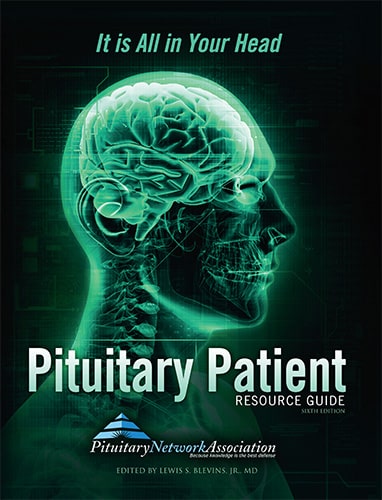
The Pituitary Patient Resource Guide Sixth Edition is now available! Be one of the first to have the most up-to-date information. The Pituitary Patient Resource Guide a one of a kind publication intended as an invaluable source of information not only for patients but also their families, physicians, and all health care providers. It contains information on symptoms, proper testing, how to get a diagnosis, and the treatment options that are available. It also includes Pituitary Network Association's patient resource listings for expert medical care.

Xeris Pharmaceuticals is valued member of the PNA



